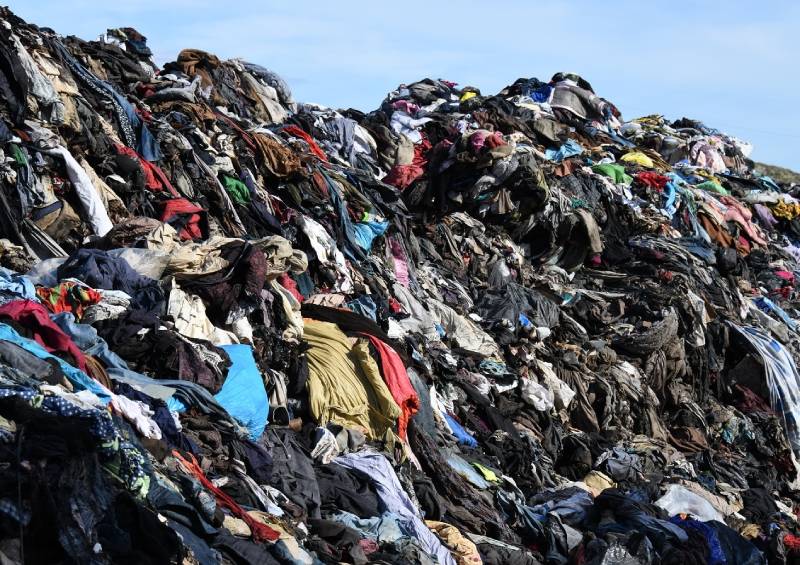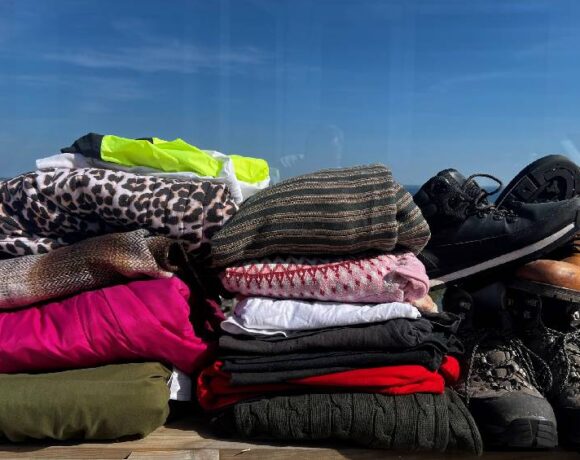China’s Textile Waste Crisis And Recycling Efforts

In Zhejiang province, workers at the Wenzhou Tiancheng Textile Company, one of China’s largest cotton recycling plants, feed discarded cotton clothing and bed linens into shredding machines. This is the first step in recycling textiles, a critical issue given that only 12% of global textile waste is recycled, with a mere 1% of castoff clothes made into new garments, according to the Ellen MacArthur Foundation.
China, the world’s largest textile producer and consumer, discards over 26 million tons of clothes annually, most ending up in landfills. Despite the urgent need, the country’s fast fashion industry—dominated by unrecyclable synthetics—complicates efforts. Synthetics, which account for 70% of domestic clothing sales, are produced from petrochemicals that contribute to environmental pollution.
E-commerce giants Shein and Temu exemplify China’s global impact on cheap fashion, selling to over 150 countries. To truly address textile waste, experts like Shaway Yeh emphasize the need for “circular sustainability,” starting with recyclable fibers to ensure waste textiles are reused.
However, only 20% of China’s textiles are recycled, primarily cotton. This is further tainted by associations with forced labor in Xinjiang, where Uyghur minorities are exploited. The U.S. has blocked imports from 26 Chinese cotton traders to counteract this, but the lack of supply chain transparency means Uyghur cotton often appears in garments made elsewhere.
While China excels in electric vehicle production and aims for carbon neutrality by 2060, its textile recycling efforts lag. Independent watchdog Remake’s report scores major clothing brands poorly on sustainability, with Shein receiving just 6 out of 150 points and Temu scoring zero.
Domestic policies hinder progress as recycled cotton from used clothing is banned for new garments, limiting its use to export markets. Cultural factors also play a role; many Chinese consumers prefer new clothes, associating higher incomes with new purchases.
Despite these challenges, younger Chinese consumers are increasingly aware of sustainability. Brands like Times Remake and Reclothing Bank, which repurpose secondhand clothes, are emerging. Designer Da Bao’s Times Remake refashions secondhand garments into trendy new items, while Zhang Na’s Reclothing Bank uses innovative materials like fibers from pineapple leaves. These brands appeal to eco-conscious young adults but face high production costs, making their products more expensive than fast fashion.
According to Sheng Lu, professor of fashion and apparel studies at the University of Delaware, sustainable fashion struggles due to high costs and low consumer willingness to pay more for recycled materials. For significant change, he suggests clearer government support could spur investment in sustainable fashion.
Currently, the recycled cotton from the Wenzhou Tiancheng factory is exported, while fast fashion remains dominant in China. Lu concludes, “Fast fashion definitely is not out of fashion” in China, highlighting the ongoing challenge in shifting towards sustainable practices.















